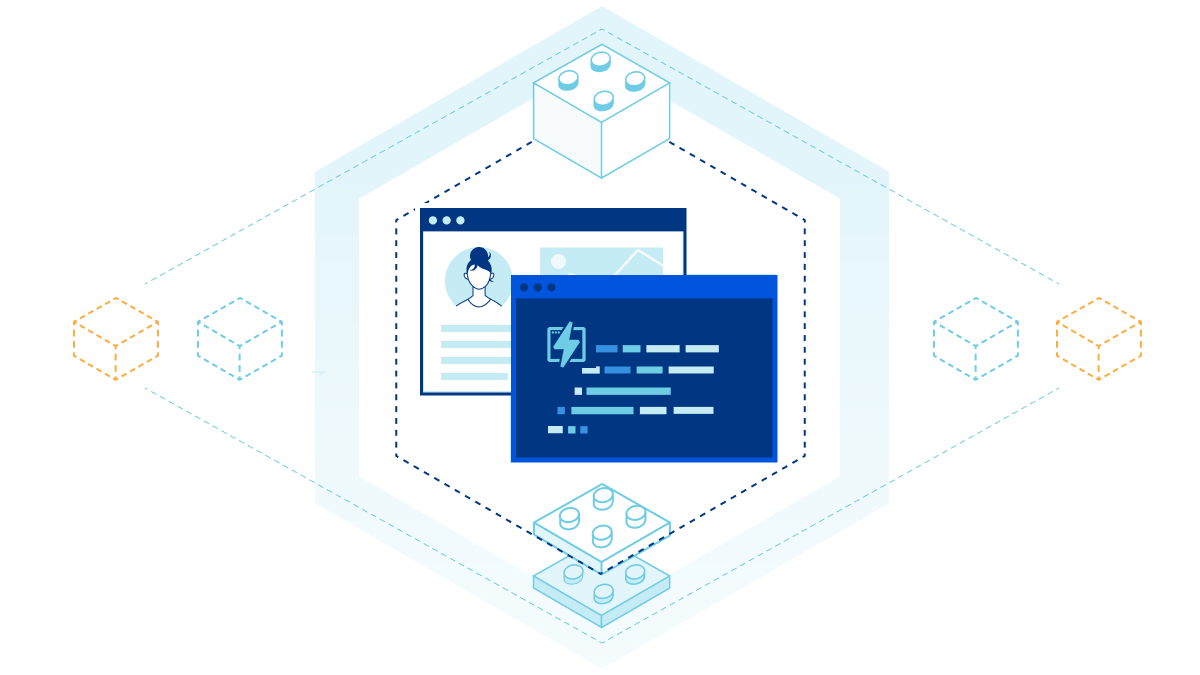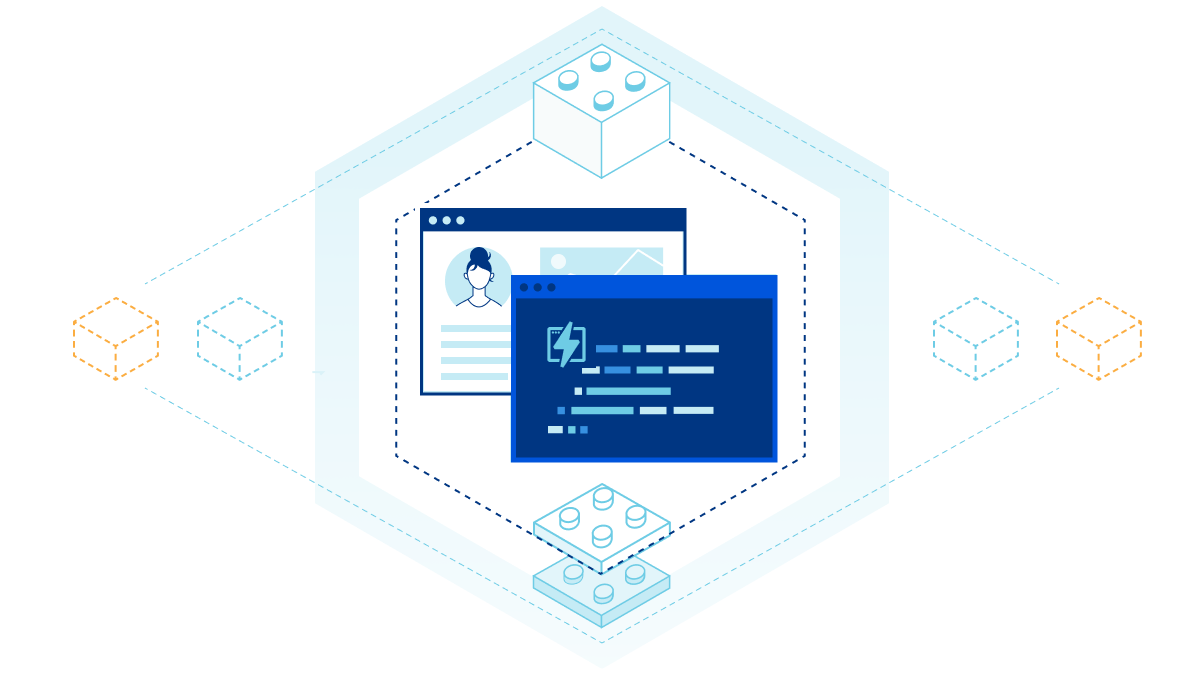Author Archives: Luke Edwards
Author Archives: Luke Edwards


The Cloudflare documentation is a great resource when learning concepts, reviewing API usage notes, or when you’re in need of a concise snippet to illustrate those APIs or concepts. But, as comprehensive as it is, new users to the Cloudflare Workers platform must bridge a large gap to go from the introductory example snippets to a real, production-ready application. While some of this may be specific to Workers (as with any platform), developers everywhere are figuring out how applications should be built in a serverless world. Building large serverless applications entails a learning curve journey, regardless of a developer’s experience level.
At Cloudflare, we’re intimately aware of this because we also had to go through the same transition. Our engineers are world-class and expertfully design and craft products that compliment the distributed paradigm… but experts aren’t born overnight! We have been there, and we want to help jumpstart and aid others’ understanding.
With this in mind, we decided to do something unique to the industry: we are developing an example feature-complete SaaS application that will be built entirely on the Cloudflare stack. It is and will continue to be completely free, open-sourced on GitHub, and developed in public. This Continue reading


If you haven’t already heard, we’re hosting the Cloudflare Summer Developer Challenge, a contest for the Cloudflare community at large. Anybody – yes, including you – can sign up for free and compete for a chance to win one of 300 available prizes. To submit you need to use at least two products from the Cloudflare developer platform — which makes this contest a great opportunity to give them a try if you haven’t already! The top 300 submissions will receive a box of our most popular swag, so you should give it a go!
Coincidentally, the Cloudflare Summer Developer Challenge’s landing page and signup workflow qualifies as a valid project submission (so meta), so if you’re looking for some inspiration, this walkthrough will shed some light on how it was built.
At its core, the application is a series of static HTML pages, most of which have a form to submit, with a backend API to handle those submissions, and a storage layer to persist the data. In a Cloudflare lens, this would point towards using Pages, a Worker, and Workers KV. And while this should be the preferred stack for a project like this, truthfully, this Continue reading